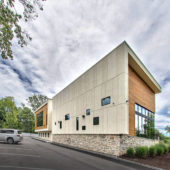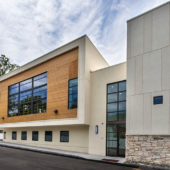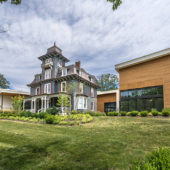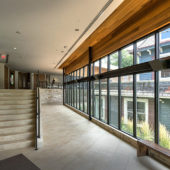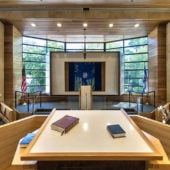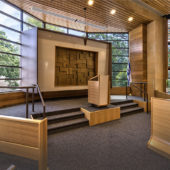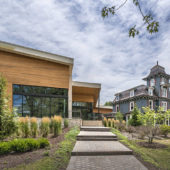A dynamic congregation founded by New Yorkers seeking a less urban lifestyle.
In 1999, some young Jewish families who lived on the west side of New York City wanted to get out of the congested city and apartment living to have a better life for their children. They wanted a neighborhood, a community, and amenities of Jewish life. At first it was a couple of families who knew each other, but word of mouth brought other families to the group who had the same idea.
This initial group of 8 families looked for a place to move. Most places were too expensive or didn’t have the attributes they were looking for. Finally, they settled on Englewood, NJ. Englewood is next to Teaneck, NJ which has a large Jewish population, kosher grocers, kosher restaurants, Jewish schools, etc., and it is less expensive than Teaneck.
After one of the group purchased a house in Englewood, the congregation began in that home at the end of August, 2000 and officially incorporated in September of that year. They continued to meet and hold services there for 2 years. In 2002, the fledgling congregation moved into a house with a large basement to accommodate the group, which was growing by about 10 families each year. The group continued to meet there and in various homes for another couple of years until there were about 40 to 50 families.
In June of 2003 the congregation purchased the Victorian style Taylor-Bliss mansion which had originally been constructed in the 1880s. After modifying the interior for their use, the 60 member congregation moved.
The congregation continued to grow until it was time to think about building a synagogue. Over the next years, there were many consultations and many plans. A unique design by Rottwein & Blake, Architects that respects the sloped site and the challenge presented by the existing mansion was settled upon. On January 16, 2016, exactly 10 years to the day after the first service was held in the old house, the congregation held its first service in the new synagogue building.
The house remains on the property, empty. The synagogue building was designed keeping in mind that the long-term use of the mansion has yet to be determined. As of 2016, the thriving congregation has over 180 families members, mostly young – mid to late 20s and hundreds of kids.

